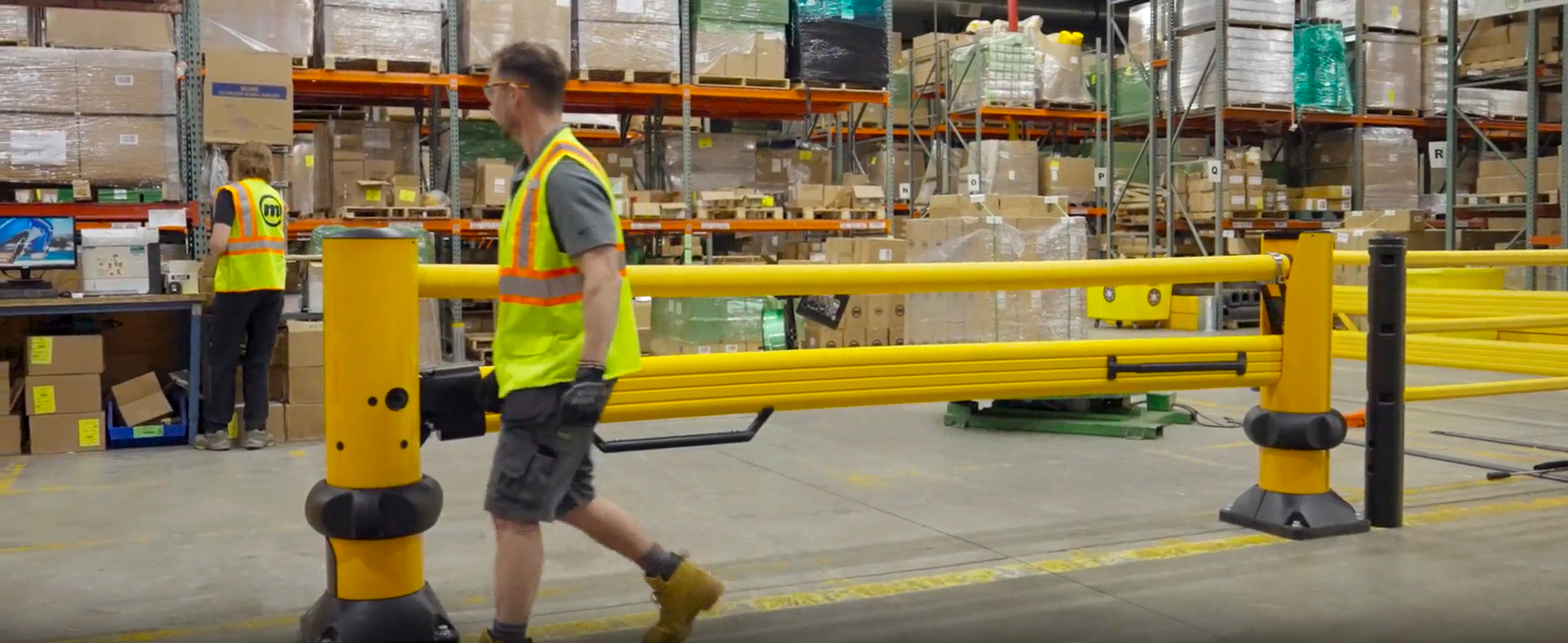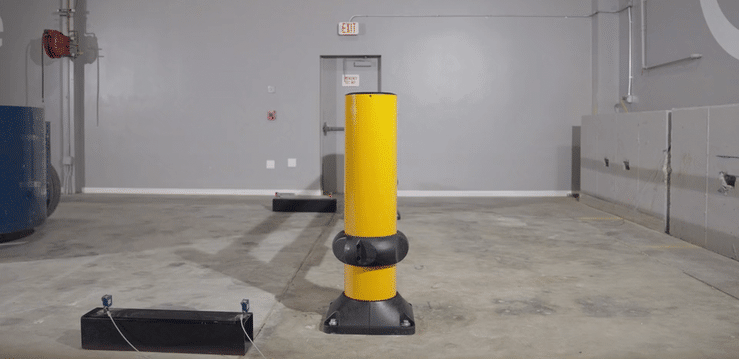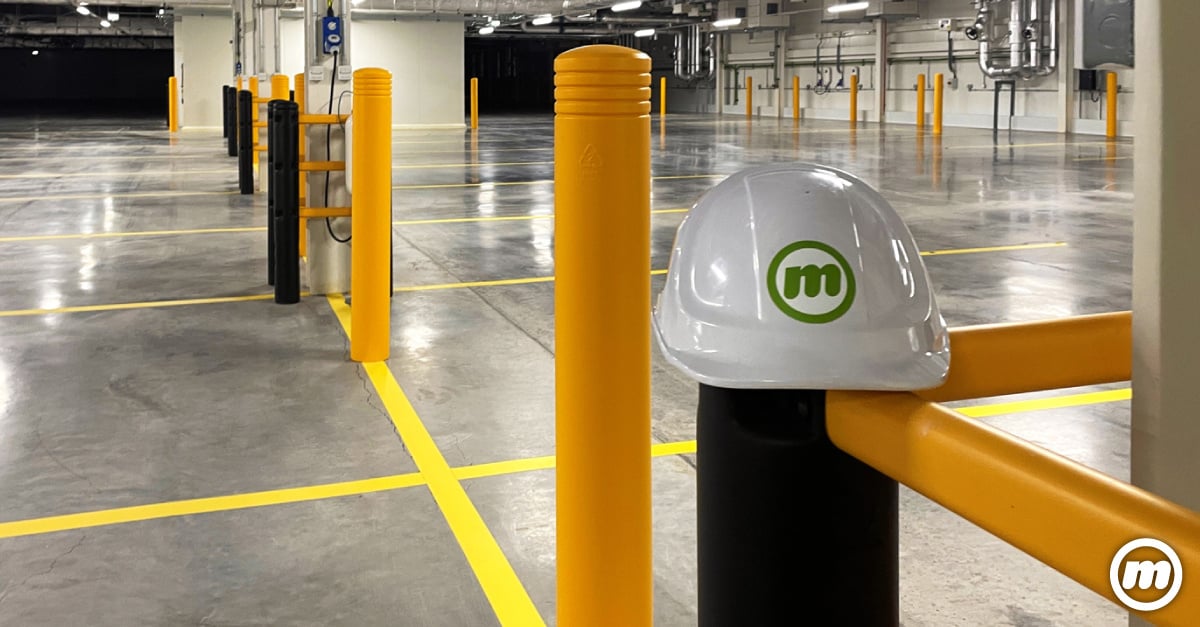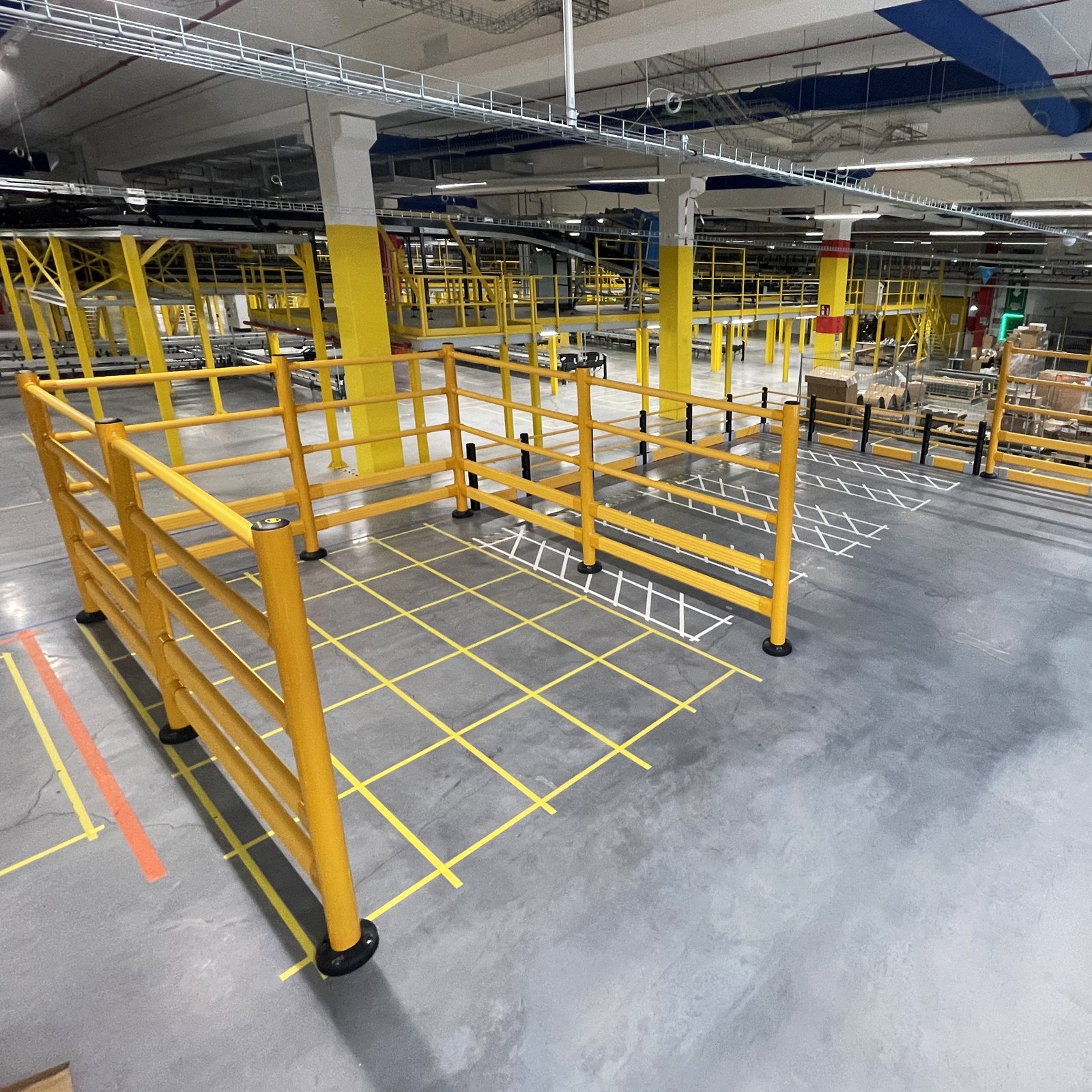In the fast-paced world of warehouses and industrial environments, ensuring the safety of workers is paramount. The Occupational Safety and Health Administration (OSHA) plays a pivotal role in shaping the future of workplace safety, setting stringent standards to protect employees in various industries. In this article, we delve into the intricacies of OSHA compliance in warehouse environments, with a special focus on protective guard rails, loading dock protection, and the evolving landscape of workplace safety.

Warehouse safety with OSHA compliance
The Occupational Safety and Health Administration, established in 1970, has been a reliable partner for workplace safety across industries. In the context of warehouses, OSHA compliance involves adherence to a set of regulations designed to mitigate hazards and ensure the well-being of workers. These regulations encompass a wide array of safety measures, ranging from equipment maintenance to employee safety training.
Shedding Light on the Reality of Warehouse Safety
Before delving into the specifics of OSHA compliance, it's crucial to understand the gravity of workplace safety issues in the warehouse sector.
According to recent statistics, the warehousing and storage industry experiences a notable rate of occupational injuries and illnesses. In 2021 alone, there were approximately 197,100 reported injuries and 112 fatalities in warehouse environments.
These figures underscore the urgent need for stringent safety measures and regulatory compliance to protect the workforce.
Protective Guard Rails: Safeguarding the Work Environment
One of the key areas where OSHA compliance is rigorously applied in warehouse environments is the installation of protective guard rails. Guard rails serve as a physical barrier to prevent accidental falls, collisions, and other potential hazards. OSHA regulations stipulate the specific height, strength, and spacing requirements for guard rails to ensure their effectiveness in creating a safe work environment.
Implementing guard rails and safety barriers not only complies with OSHA standards but also contributes to a culture of people safety within the workplace. By providing a visible and tangible safety measure, guard rails act as a constant reminder of the importance of adhering to safety protocols.
The Critical Role of Loading Dock Protection in OSHA Compliance
Loading docks are bustling areas of activity in warehouses, making them prone to accidents if not properly secured. OSHA mandates strict guidelines for loading dock protection to mitigate the risks associated with the movement of goods and equipment. For loading and unloading activities at industrial safety loading dock doors, this includes:
- Visible Signage emphasizing safety instructions and potential hazards.
- Protective Barriers to shield workers and equipment from potential impacts.
- Designated Areas that establish pedestrian and vehicle paths to minimize the risk of collisions.
- Proper lighting to enhance visibility during loading and unloading operations
- Dock Levelers to ensure a smooth transition between the dock and the trailer

Failure to comply with loading dock safety regulations and facility protection not only puts workers at risk but also jeopardizes the efficiency of warehouse operations. Implementing OSHA-compliant loading dock protection measures not only aligns with regulatory requirements but also enhances overall operational efficiency and employee well-being.
Prioritizing Employee Well-being with Ergonomics in Industrial Settings
Ensuring a safe and healthy work environment in warehouses goes beyond conventional safety measures—it extends to the thoughtful integration of ergonomic principles. Ergonomics, the science of designing workspaces to suit workers' capabilities, plays a pivotal role in minimizing the risk of musculoskeletal disorders (MSDs) and other workplace injuries.
OSHA recognizes the critical importance of ergonomics in warehouse environments, emphasizing the need for compliance and proactive assessment and management of ergonomic risks.
Key Components of Ergonomic Warehouse Safety:
- Proper Lifting Techniques: Training employees on correct lifting methods to mitigate the risk of musculoskeletal injuries and emphasizing the importance of lifting aids and ergonomic tools to reduce strain.
- Ergonomic Equipment: Providing workers with tools and machinery designed to minimize physical stress and fatigue, while utilizing adjustable workstations and tools tailored to individual needs for enhanced comfort.
- Designing Comfortable & Efficient Workstations: Creating workstations that promote optimal posture and reduce the strain on muscles.
Embedding ergonomic principles into daily operations transforms the approach to safety, making it an integral part of warehouse activities. By prioritizing employee well-being through ergonomics, warehouses can create a safer, healthier, and more productive work environment.

The Role of McCue's SafeStop ForkLift Gate in Safety Evolution
As safety standards evolve, innovative solutions become crucial in meeting and exceeding regulatory requirements. McCue's SafeStop ForkLift Gate exemplifies this commitment to safety in warehouse environments.
 The SafeStop ForkLift Gate is engineered with innovative features to prevent accidental collisions and safeguard both people and equipment in dynamic warehouse environments.
The SafeStop ForkLift Gate is engineered with innovative features to prevent accidental collisions and safeguard both people and equipment in dynamic warehouse environments.
- Ergonomic Design: ensures safe and easy deployment, featuring a counterbalanced structure with shock-assisted lift technology.
- Shock-Absorbing Capabilities: combining polymer rails and elastomer bases effectively absorb impact energy.
- Spinning Technology: allows the gate to redirect glancing blows, making it perfect for high-traffic corners.
This cutting-edge technology not only align with OSHA compliance but also go beyond, providing an additional layer of protection in areas prone to forklift-related incidents and setting a new standard for safety in warehouse operations.
Navigating the Future of Warehouse Safety
In conclusion, OSHA compliance is the bedrock of warehouse safety, setting the stage for a secure and productive work environment. Protective guard rails, safety barriers, loading dock protection, and ergonomic considerations are integral components of OSHA regulations, contributing to the overarching goal of safeguarding workers in industrial settings.
As the industrial landscape continues to evolve, innovative solutions like our SafeStop ForkLift Gate play a crucial role in complementing and enhancing OSHA compliance. By embracing these advancements, warehouses can not only meet current safety standards but also future-proof operations against emerging risks, ensuring a safer and more efficient workplace for all.





